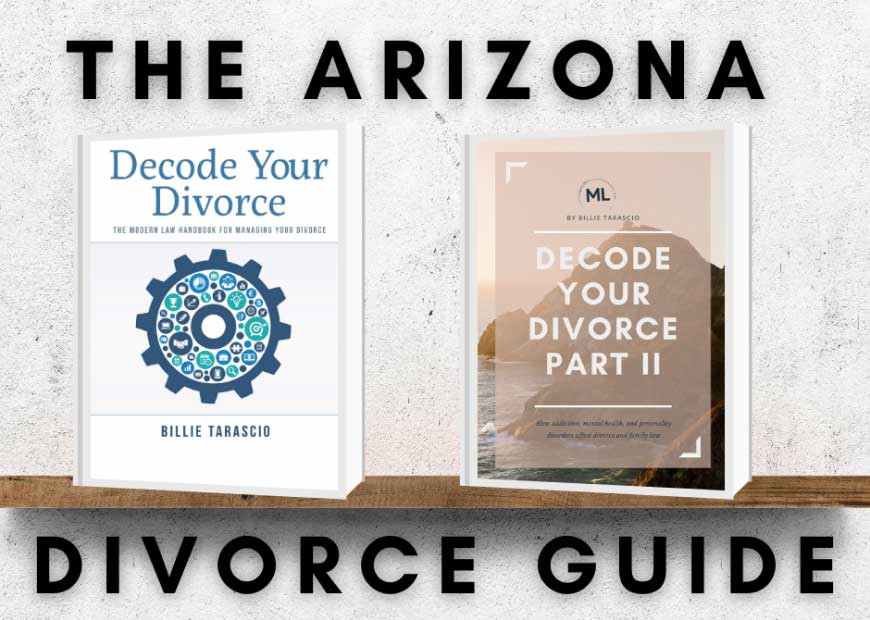In our previous discussion, we delved into the nature of coercive control and its deceptive manifestations. Continuing our conversation with Dr. Christine Cocchiola, an expert on coercive control and domestic violence, we explore the deeper nuances of this form of abuse and how victims often grapple with recognizing their own experiences.
- The Trauma Bond One of the most challenging aspects of coercive control is the trauma bond that forms between the victim and the abuser. Dr. Cocchiola explains that victims often latch onto the good moments, the fleeting instances of kindness or affection, as a coping mechanism. This trauma bond makes it difficult for victims to fully grasp the extent of the abuse they’re enduring. They become bonded to the positive memories, often overlooking or minimizing the negative experiences.
- Cognitive Dissonance and Disassociation Victims of coercive control often experience cognitive dissonance, a psychological conflict resulting from holding two contradictory beliefs simultaneously. They struggle with the idea that someone they love and believe to care for them could intentionally harm them. This internal conflict can lead to disassociation, where victims detach from the negative experiences, focusing instead on the positive moments, no matter how fleeting.
- The Erosion of Autonomy Over time, victims of coercive control experience a gradual erosion of their autonomy. Their sense of self, their agency, and their ability to make decisions are slowly stripped away. Dr. Cocchiola likens this to prisoners of war, who, after enduring prolonged psychological torture, may confess to crimes they didn’t commit. Similarly, victims of coercive control can be worn down to the point where they accept blame for things they haven’t done or believe narratives that aren’t true.
- The Changing Dynamics of Relationships Relationships are dynamic, with roles and power dynamics shifting over time. However, in relationships marred by coercive control, these shifts are manipulated to further entrench the victim in a cycle of abuse. Dr. Cocchiola acknowledges that while her explanations might sound black and white, the reality is often gray and messy. Victims grapple with understanding their experiences, especially when the relationship’s dynamics are constantly changing.
- Recognizing and Breaking Free Recognizing coercive control is the first step towards breaking free. Victims are encouraged to create a “Clarity List,” detailing all the negative actions and behaviors they’ve endured. While confronting these experiences can be traumatizing, it’s a crucial step in understanding the extent of the abuse. With support, victims can begin to reclaim their autonomy, heal from their traumas, and build a future free from abuse.
Coercive control is a complex and insidious form of domestic violence. Its hidden nature makes it challenging to recognize, both for victims and those around them. However, with awareness, understanding, and support, victims can break free from its chains and rebuild their lives.
At Modern Law, we are committed to supporting victims of coercive control, providing them with the resources, guidance, and legal expertise they need to navigate their way out of abusive situations. Remember, every individual deserves a life free from abuse, and recognizing the signs is the first step towards that freedom.






